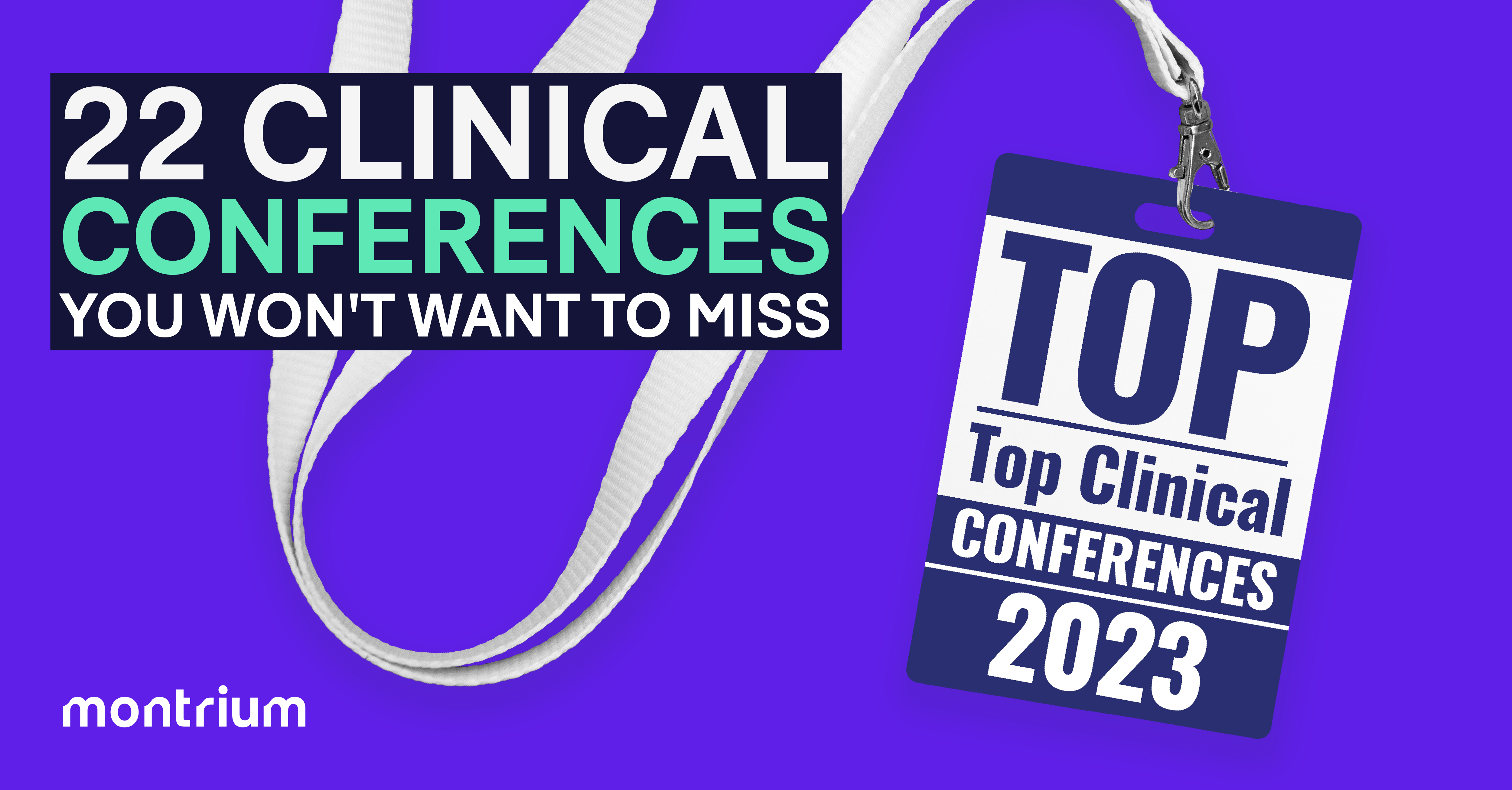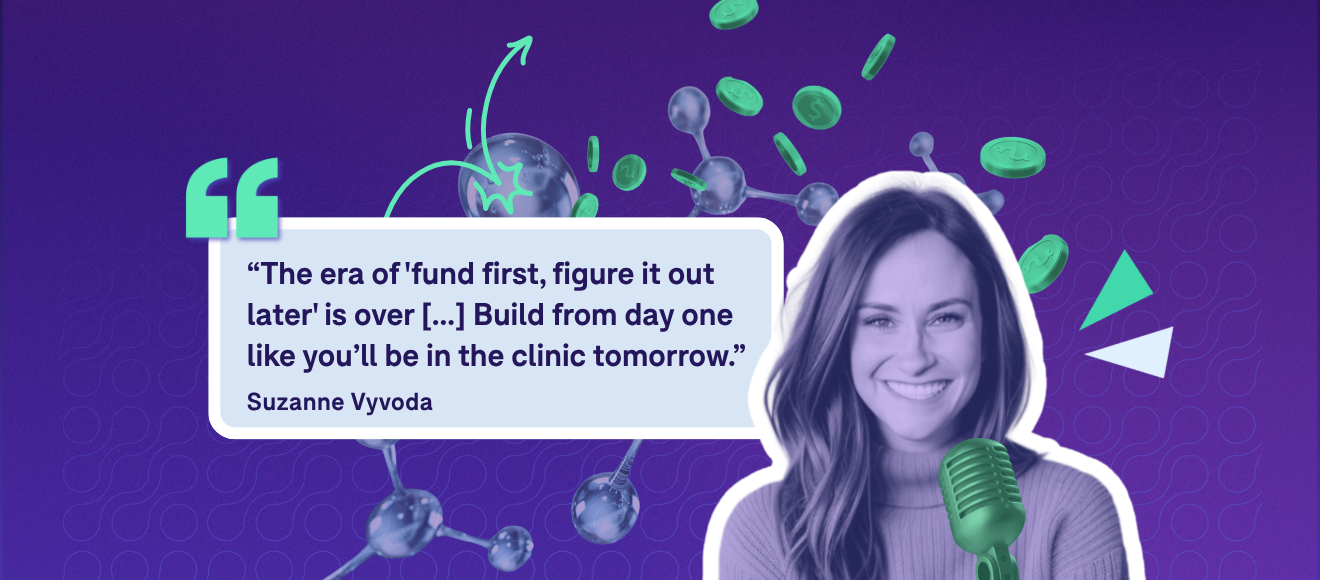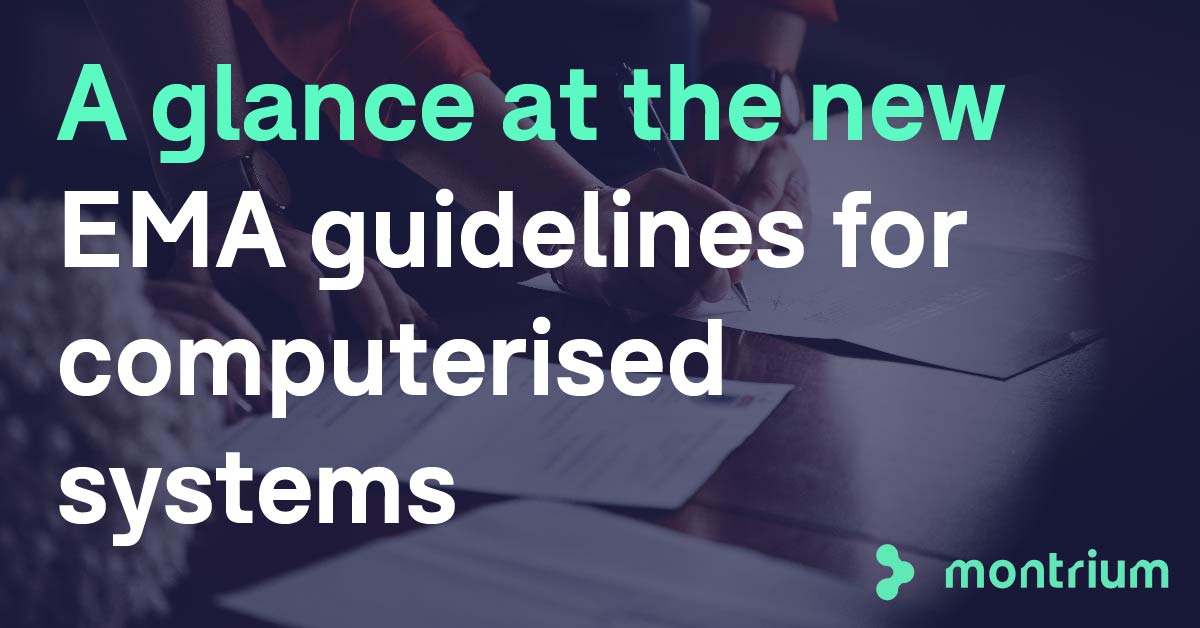
This post was orginally published on LinkedIn by Author Mark Vermette, Principle Consultant at Halloran Consulting Group
In clinical research and health care, we are swimming in data. In the past 5 years, the availability of data has increased extraordinarily with the rapid adoption of electronic health records and the trends to collect patient data electronically. To position a company to use new data, you have to be honest about where your organization is in the maturity model of reporting and analytics.
Analytics is the ability to use data and tools to predict and improve performance. That's the ultimate goal; to understand what's happened and pivot to predicting what's next. If you're looking at what already happened, that's reporting. Reporting can be graphical, table format, printed or visual, but it's based on retrospective data. Reporting is important, useful and can be quite sophisticated and clever, but it's not analytics.
Why is it important to distinguish reporting from analytics?
This is important because truly distinguishing between reporting and analytics allows you to assess where your organization is in the maturity model of use of data. This assessment can help truly recognize your current status and understand your goals. More importantly, assessing organizational data maturity can help you decide what data is important now. Accurate assessment and definition of goals allows you to be disciplined and ignore (for the moment) the piles of data that are coming in that can fog up the picture, distracting you from a plan to leverage data progressively to reach the organization's goals. Without an accurate inventory of your current environment and reporting capabilities relative to your true business goals, all the extra data will inevitably slow down achieving the potential of analytics.
Sharpen the requirements and focus
So what then? The path to realizing what analytics can do consists of three big steps:
STEP 1: Inventory reporting requirements and what's working. Be honest. Identify "workarounds" and manual reporting steps that introduce inefficiencies (resentment) and potential inaccuracy in data massaging that are required for stakeholders to get what they want.
STEP 2: Don't skimp on the preparation and framework. All the work to position an organization for purposeful analytics is in establishing data standards, conformance and integration. Yes, that stuff about master data management and CDISC is important. It can be implemented gradually with the incorporation of new data, but it should be in place if you don't want to have to rebuild each time to get to the next steps. The good news is that there are a number of solutions out there that are well positioned to establish this framework for pharmaceutical and health care organizations.
STEP 3: Establish timelines. Like every program, it will move forward at the pace you set for it. Be reasonable, but bold. Push the agenda. The ability to organize and use data will continue to accelerate research and separate service providers from the competitive pack. The timeline should include measures to fix existing gaps as well as pushing forward with analytics.

Mark Vermette
Mark is the Principle Consultant at Halloran Consulting where he drives operational excellence and innovation in clinical research, digital health, technology, and healthcare. Mark has significant experience in the pharmaceutical and biotechnology industries as well as Fortune 500, state and local government. Mark is passionate about bridging the gap between healthcare and clinical research.










.png)

.png)
.jpg)

.jpg)